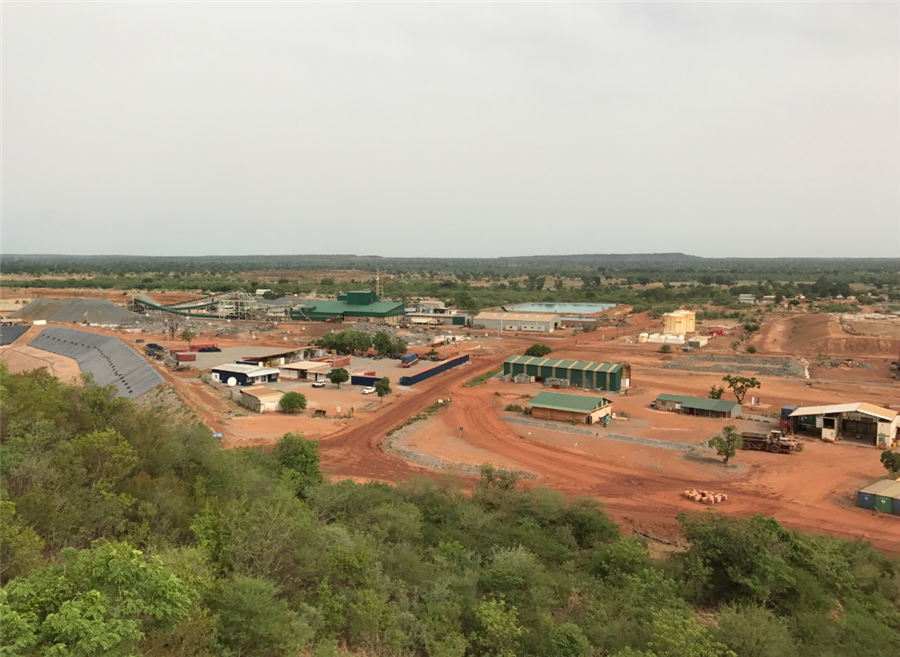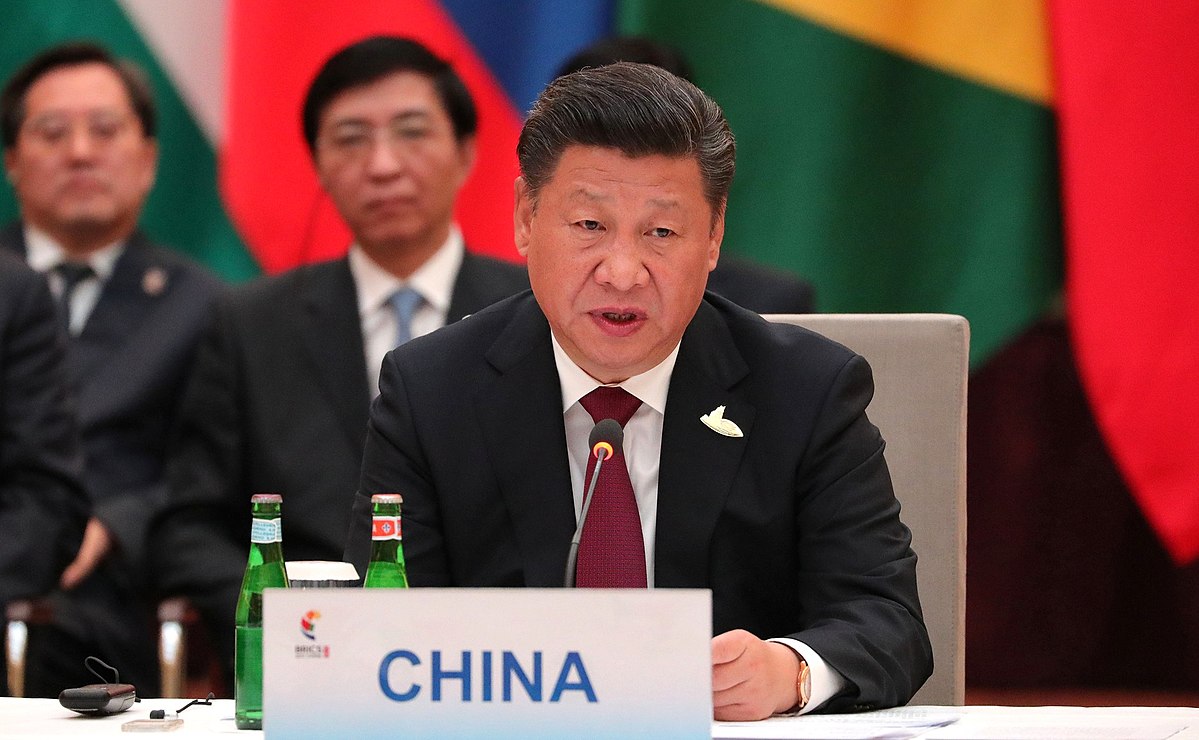Trevali’s missing workers failed to reach Perkoa mine’s refuge chamber during floods

Trevali Mining (TSX: TV) said the eight missing miners, for whom rescuers have been searching since the company’s Perkoa mine in Burkina Faso was hit by flash floods last month, have failed to reach the mine’s refuge chamber situated more than 500 metres below the surface.
“This is devastating news,” the company’s CEO Ricus Grimbeek said in a press release on May 17. “We would like to offer our deepest sympathies to our colleagues’ families and friends during this difficult time.”
The search for the missing miners will continue, he added.
The Burkina Faso government, in a statement on social media, confirmed that the rescue teams found the refugee chamber empty.
On Apr. 16, heavy rains outside the usual rainy season poured about 125 mm of rain in less than an hour, triggering flash floods that breached the open pit at Perkoa, located about 120 km west of the capital of Ouagadougou.
As the water entered the open pit and underground mine, electricity and communications were lost. While most workers escaped, the company hasn’t been able to communicate with the eight missing workers.
Six out of the eight missing men are from Burkina Faso, while the other two are from Tanzania and Zambia.
The rescue team and the company have been pumping water from the bottom of the mine at level 710 over the last month. The refuge chamber is located below level 520 of the mine.
“Rescue team members reached the refuge chamber… (it) was found intact and with no one inside. It is now clear that none of the eight missing workers reached the refuge chamber,” Trevali said.
The Perkoa mine produced 316.2 million payable lb. of zinc in 2021 and generates the bulk of the company’s revenue. Trevali owns 90% of the mine, while Burkina Faso holds a 10% interest.
According to Scotiabank analyst Orest Wowkodaw, the company’s credit facility matures in the third quarter of 2022. “Securing a refinancing package to replace its maturing credit facility and to fund development of the proposed Rosh Pinah expansion project (in Namibia) has been complicated by the Perkoa incident,” he wrote in a note to clients on May 16.
A McKinsey & Co. report published in 2020 stated that commodities like iron ore and zinc, based on their location, are more exposed than other materials to “extremely high flood occurrence.”
Flooding affects some commodities more than others, based on their location; in McKinsey’s analysis, iron ore and zinc are the most exposed to extremely high flood occurrence, at 50% and 40% of global volume, respectively.
{{ commodity.name }}
{{ post.title }}
{{ post.date }}


Comments